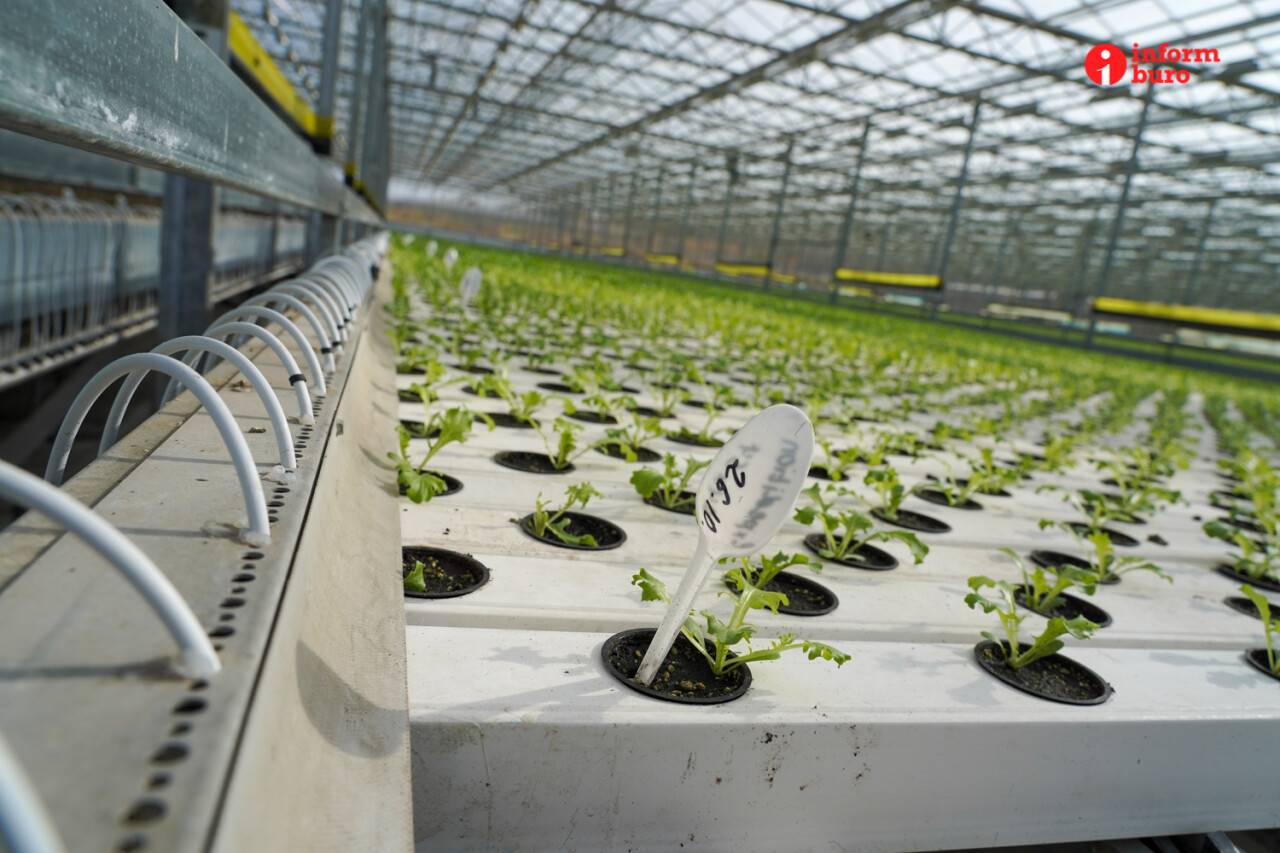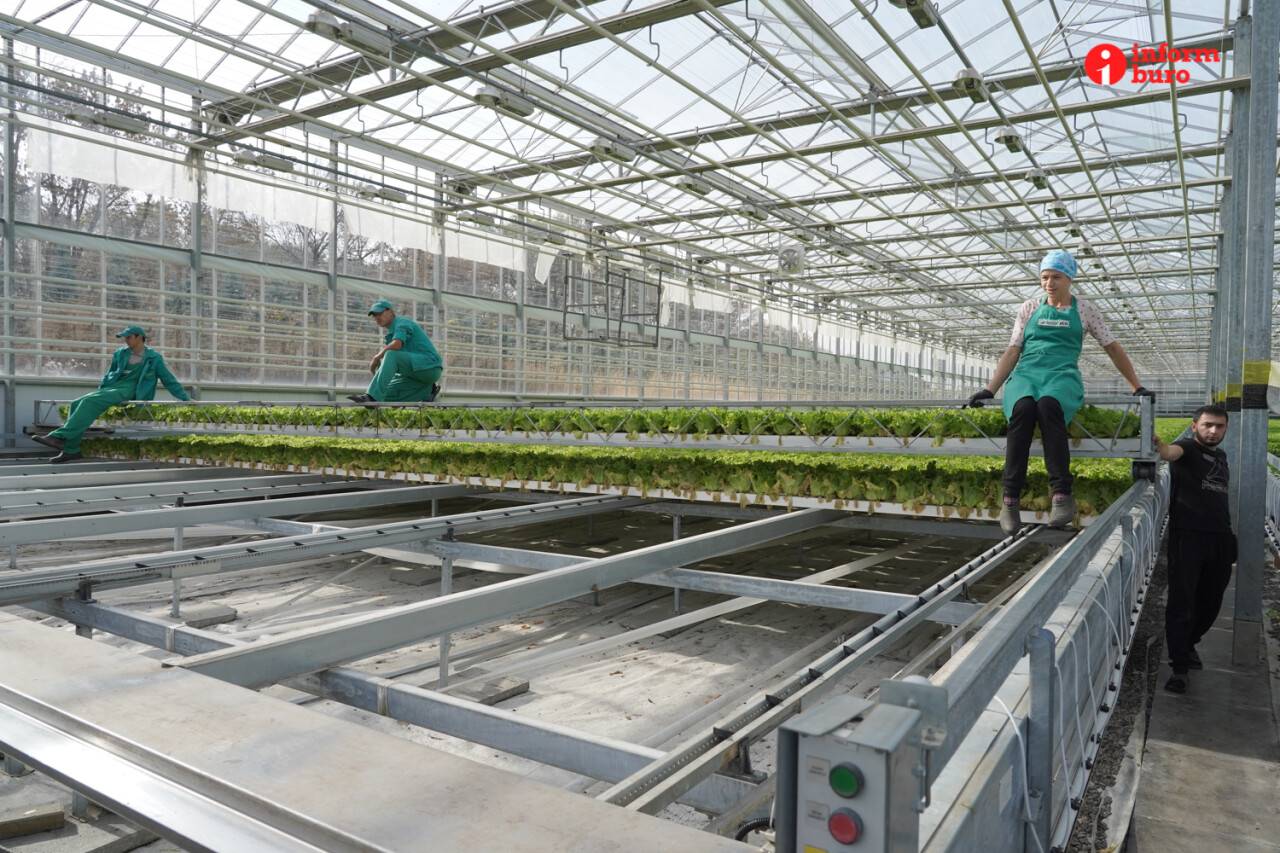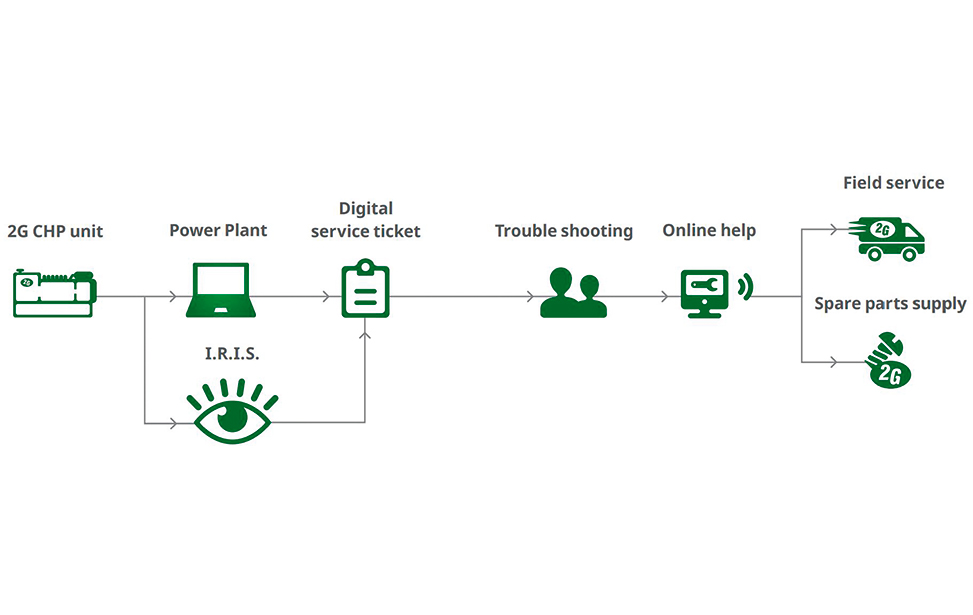In the global healthy lifestyle industry, greenery enjoys incredible success. Lettuce leaves, spinach, arugula, and kale are considered superfoods – foods with a very high nutrient content.
In the village of Panfilovo, Almaty region, a greenhouse complex has been operating for five years, built using the latest technologies. Local experts are proud to say that this is a greenhouse complex of the last, fifth generation. In one greenhouse project, we tried to combine the most advanced technologies that are in the greatest demand in the world. In order for the technologies to work in Kazakhstan, at different stages of construction, installation and debugging of equipment, specialists from three countries came here – Israel, Denmark, the Netherlands.
Today, more than 30 types of greenery are grown here with the help of hydroponics. This is a special way of farming, in which plants are grown without soil, in artificial environments.
The soil in this greenhouse is replaced by peat and perlite. Peat is purchased only from trusted suppliers. Experts want to be sure that it is disinfected, there are no insects, bacteria, or infections in it. Perlite is necessary to retain moisture in the root system of plants throughout the entire growth period. This is the only greenhouse complex in Kazakhstan where hydroponics is used so far.
According to experts, a completely natural organic product is grown here without the use of chemicals and fertilizers. Within one and a half to two months of staying in ideal greenhouse conditions (namely, the path from the seed to the finished product takes so long), fragrant, environmentally friendly salads or spicy herbs grow. They are delivered to Kazakhstani stores all year round.
The greens arrive on the shelves of retail chains in pots, with a root system, in a special, “breathing” package. This is done to increase the life expectancy of salads or herbs, which means to improve their presentation and increase the benefits for consumers.
The five most popular varieties and types of greens among Kazakhstani consumers include batavia, lollo rossa and frise salads, as well as spinach and arugula. Chard and basil are in great demand.
Lollo rossa salad is said to be good for the stomach, facilitates the course of diabetes and helps with insomnia, hypertension, thyroid diseases.
The salad has a good potassium content, which strengthens the heart muscle, activates the brain and metabolic processes, prevents the development of atherosclerosis, normalizes blood pressure, increases strength and endurance.
Spinach prevents the development of osteoporosis, strengthens teeth and bones, improves cerebral blood supply and memory, and also helps fight depression and insomnia.
Arugula strengthens the walls of blood vessels, significantly reduces salt deposits, the level of harmful cholesterol, increases hemoglobin, significantly strengthens the nervous system, that is, helps to resist stress.
Chard is recommended for diabetes, anemia, kidney stones, high blood pressure. Eating it improves the functioning of the liver and cardiovascular system, stimulates the activity of the lymphatic system.
And the systematic use of basil reduces the risk of acute circulatory disorders in the brain and prevents its possible complications.
Residents of Almaty and Astana are called the most sophisticated consumers of greenery, who love diversity and are not afraid to include something new in their diet.
It all starts with the germination room, or sleep. This is the most quarantine room in the greenhouse. The newly planted seeds are placed here. They will have to spend a day or even two in absolute darkness and absolute humidity at a temperature of 19 degrees. It is here that the seeds wake up and prepare for life in a greenhouse.
The second stage of the production process is seed planting. How the seeds will be planted depends on the type of greenery. If a plant has a large stem (for example, salads), then it usually has large seeds for planting. They are planted in pots by special equipment. The operator fills a certain volume of grains, the machine vacuum pulls out the grains and plants them in a pot.
And plants such as parsley, dill, arugula, chard do not have a common root. Their seeds are a small scattering, which the specialists of the complex plant manually.
Finally, the prepared pots with seeds are sent to the greenhouse complex. The territory of the greenhouse is huge – 1.4 hectares, so it is divided into zones. A special area is reserved for new seedlings, which is called a kindergarten here.
By the way, in this area of germination of future salads, plastic spoons are used instead of plates. This life hack was invented by the employees themselves for convenience. “Babies” are not visible in pots yet, and specialists need to know when the plant was planted and what it is called.
These data are entered on spoons, which are clearly visible among the tiny pots. Later, when the plants grow up and begin to take shape, spoons are no longer used. Another feature of the “children’s” zone: the need for more water than is required by older plants.
The pots will spend about ten days in this zone.

The greenhouse complex is fully gasified. In winter, the boiler works to heat the greenhouse, in summer – to cool it. In order for the greenery not to burn (or freeze) and feel comfortable, the optimal temperature regime is maintained here all year round – from +20 to +26 degrees.
The greenhouse is literally permeated with smart technologies. It is fully equipped with sensors. All care processes are continuous – both watering, and maintaining temperature, and humidity, and shading. When the sensors deem it necessary, watering is turned on. When the sun is high, the curtain system also automatically turns on – these are blinds. And then a greenhouse twilight appears in the greenhouse.
By the way, irrigation water is extracted for the greenhouse from its own artesian well, which was drilled during the construction of the complex to a depth of 250 m.

This is not the end of high technology. White plastic tubes are used to water each row of greenhouse beds, and about 30% of the water flows back into the gutter and then into the filtration pool. The remaining water passes through a multi-stage purification system and is re-supplied for irrigation. Saving resources – water, finance – is obvious. There is a so-called recycling (recycling) of water.
The maximum possible processing of resources is the principle of the company’s activity. Used pots, packaging, plastic, film – all this is also sent for recycling to the relevant partners of the greenhouse. For example, peat and the remains of leaves that are not suitable for creating the same salad mixes are transferred to a garden center-nursery, where flowers and exotic greenery are grown for landscape design. And already in the center, peat and foliage are used as natural humus.
The greenhouse is trying to diversify the range of vitamin products. In 2021, they began to grow salanova, a salad bred by Dutch breeders and resembling huge rose flowers in its appearance.
Quite recently, Cale appeared here. This type of greenery is now incredibly popular with fans of a healthy lifestyle all over the world. The fashion for this superfood originated in the late noughties in California, in Russia a surge of interest in kale occurred in 2015. Meanwhile, this cabbage (kale is also known as “curly cabbage”) is bought mainly by foreigners. It is believed that it lowers cholesterol and reduces cravings for sweets.
Every month, a total of over 250 thousand pots are planted in the greenhouse. This is about 60 tons of fresh produce taken from greenhouse fields. It comes out from 5 million a year, depending on yield, seasonality, demand.
On the eco-rows of the greenhouse complex, you can find sprouts of flowers, micro-greenery, pepper and even radish. Local specialists are experimentally observing and discussing which vegetables or flowers will be grown in the new greenhouse complex, which is planned to be built near the first one.
Another promising and eco-friendly business direction is the organization of excursions. The purpose of such agricultural tours here is to increase the culture of nutrition, increase the number of followers of a healthy lifestyle, increase the awareness of the Kazakhstani brand. Moreover, an informative tour of the greenhouse, in which correspondents took part Informburo.kz , turned out to be interesting both to schoolchildren and to a more adult audience.
By the way, during the tour you can try any greens in the beds. Environmentally friendly products do not need water treatment. Only it is recommended to tear off the leaf you like at the very base of the plant, so that after such a test it continues to grow and does not lose its consumer qualities. But the greenhouse workers recommended washing the greens bought in the store under running water, since vitamin products go a long way from greenhouse beds to retail shelves, meeting drivers, movers, merchandisers, and other customers on the road.
A source: https://informburo.kz











